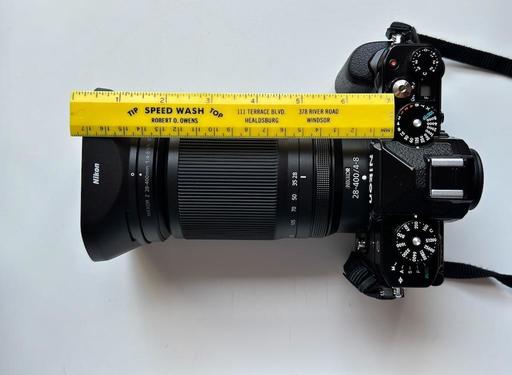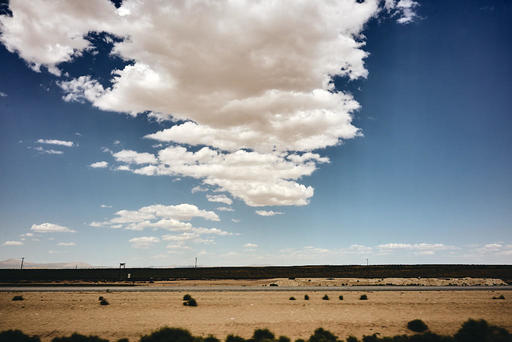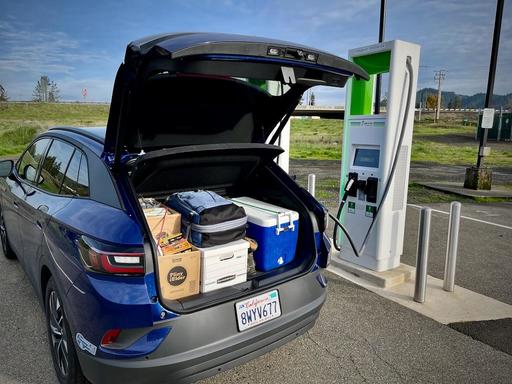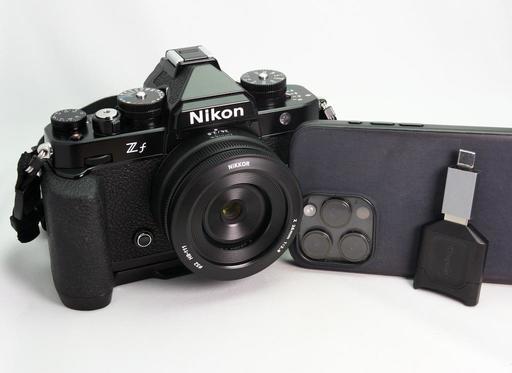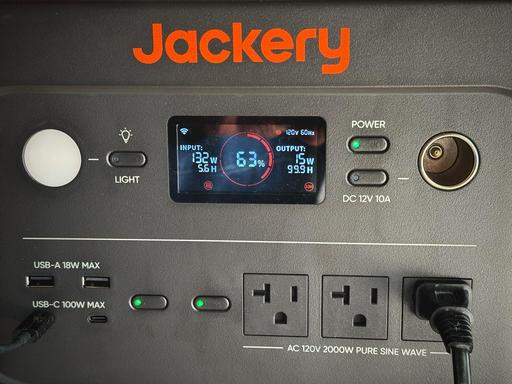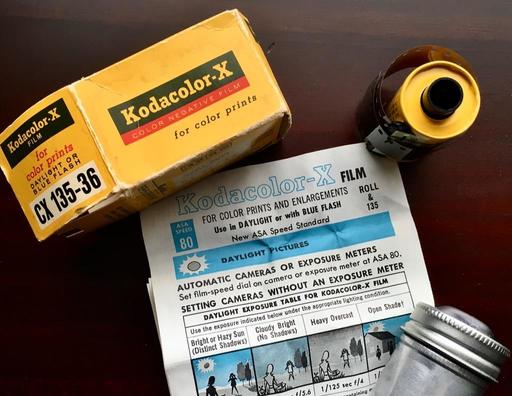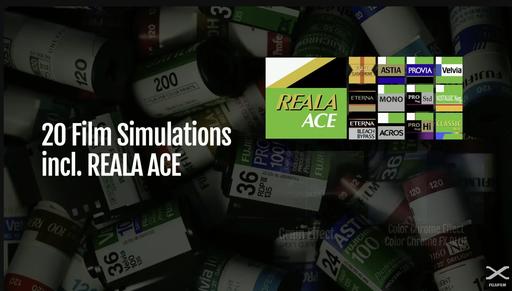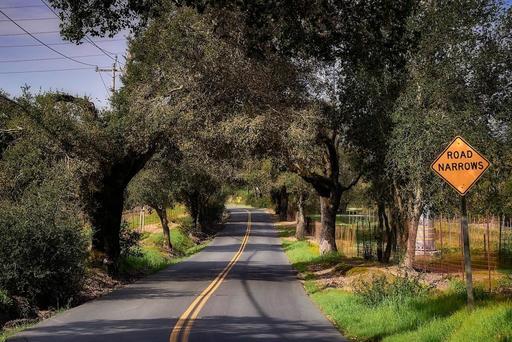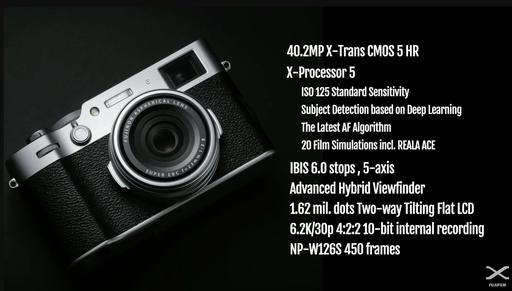This is The Digital Story Podcast #944, April 23, 2024. Today's theme is "Nikon 28-400mm Lens Review - Does It Measure Up?" I'm Derrick Story.
Opening Monologue
The specs seem almost too good to be true. The Nikon zoom has a focal length range of 28-400mm, yet it's compact and light. On the Z8, Z9, and Zf, it features Synchro VR, enabling 5.5 stops of stabilization. It has weather-sealed construction and close focusing. And it costs $1,296. How does it perform? Tune in to today's TDS Photography Podcast to find out. Plus an OM System Warning and ON1 Photo Raw 2024. I hope you enjoy the show.
Tune-In Via Your Favorite Podcast App!
Apple Podcasts -- Spotify Podcasts -- Stitcher
Podbean Podcasts -- Podbay FM -- Tune In
Nikon 28-400mm Lens Review - Does It Measure Up?
When I mounted the brand new NIKKOR Z 28-400mm f/4-8 VR lens on the Nikon Zf with SmallRig grip, I was surprised at how balanced the zoom felt on the camera. I could easily hold and shoot with one hand. The lack of bulk seemed unimaginable when considering that the focal range goes from a wide 28mm to a very long 400mm. If you're outside exploring the world, it's the only lens you would need that day.
Let's start by taking a look at the specs.
- Full-Frame Coverage | f/4-8 to f/22-45
- STM Autofocus Stepping Motor
- 5.5-Stop VR Image Stabilization with Synchro VR on Zf, Z8, and Z9; 5 stops with other Nikon cameras.
- Zoom lock switch prevents unintentional lens extension
- 21 Elements in 15 Groups
- 9-bladed diaphragm creates flattering bokeh
- Weather-Sealed Construction
- 77mm Filter Thread
- Compact square lens hood (included) reduces ghosting and allows zooming operation when inverted
- 7.9" minimum focusing distance at 28mm
- 5.6" long at wide angle and weighs just 1.6 pounds
Focusing
The STM stepping motor is very quiet and focuses quickly in good light. In low light, it's a tad slower. But this is not by any stretch of the imagination a low light lens.
Build and Handling
Amazing well balanced on a full-frame camera. When racking out the telephoto, lens extends to double its original length at 400mm.
The Zoom Ring is nicely damped and large making it easy to grip. It's so large in fact that when the lens hood is reversed, there's still plenty of operating room.
I really like the lock switch that prevents accidental extension of the lens barrel. The metal mount and weather sealing are excellent. The Control Ring is easy to find without having to look, and it can be programmed for a variety of functions including manual focusing, exposure compensation and aperture control.
Image Quality
Again, surprisingly good for a lens of this range. I tested at f/8 with settings of 28, 35, 50, 70, 105, 200, 300, and 400mm. I then viewed the Jpegs and RAWs at 100 percent in Capture One Pro.
Center sharpness was excellent at all focal lengths. Some corner softness a extreme telephoto settings. Mild vignetting appeared at 105mm for the RAW files, but was not present in the Jpegs. There was no noticable CA. Overall, very strong performance.
Bottom Line
The NIKKOR Z 28-400mm f/4-8 VR lens is a very good value at $1,296. If you're traveling and working outdoors, it can replace every lens in your bag dramatically lightening your load.
You can keep the NIKKOR Z 26mm f/2.8 pancake in your pocket just in case you run into a low light situation. And quite honestly, be in great shape with those two optics.
I think the 28-400mm looks great on the Zf. It's easy to operate. And if you're in good light, it's hard to beat. Highly recommended.
OM System Warns macOS Changes May Prevent You From Updating Your Camera
You can read the entire article on PetaPixel.com
Infrared Photography Workshop - Online - June 2024
Do you feel like the world is looking like "the same old same old" through your camera's viewfinder? Have you felt your enthusiasm for photography waning? Then it's time for you to consider exploring infrared imaging.
Suddenly walks you've taken a hundred times look completely different as you see them through your camera. Old familiar subjects burst to life with new vibrancy. IR photography can energize your creativity, not only for this medium, but for all of your artistry.
Beginning June 5, 2024, join us for this 4-week exploration into the world of IR. During this event, you will learn:
- The best IR filter to start with.
- How to test your existing digital camera for infrared sensitivity.
- Learn about the different types of IR conversions for digital cameras.
- See how different IR filters produce wildly different results.
- Learn how to fine-tune your images with software you already own.
- Discover advanced techniques to take your images to the next level.
- And much, much more.
This online workshop (Zoom) begins on Wednesday, June 5, 2024, with both morning (9am PST) and evening sessions (4pm PST) available. We will convene weekly thereafter via Zoom for more training sessions (AM and PM), Q&A, and to compare notes. You can attend morning, evening, or both sessions. It's essentially the same content, just different participants.
It is so much fun.
Plus, you will have unlimited access to our online workshop community, DerrickStoryOnline. Here, you can mingle with other workshop participants (past and present), share images for comment, exchange tips and techniques, and enjoy the fellowship of other creatives who share your passion for image-making.
You can reserve your spot for the Infrared Online Workshop here.
ON1 Photo Raw 2024 Is a Doozy and Gets Another Interim Update
You can read the entire article on FStoppers.com
A Few Notes from the Spring in Sedona Photography Workshop
What a great time! I discuss the event in this segment of the podcast.
Virtual Camera Club News
The Nimble Photographer Newsletter is now publishing every Thursday. Readers will enjoy a variety of content spanning from short photo essays, to commentary on weekly events, to reviews of the latest and coolest photo gear.
TDS Workshops! - You can sign up for available workshops by visiting The Nimble Photographer. Inner Circle Members receive a 10-percent discount on all events.
Inner Circle Members: A big thanks to those who support our podcast and our efforts! We are having a blast at our new Inner Circle hangout, the private group I've set up at DerrickStoryOnline. We'd love it if you join us. You can become an Inner Circle Member by signing up at our Patreon site. You will automatically be added to the new hangout.
Great Photography Articles on Live View - If you check out our publication and appreciate what you see, be sure to follow us and clap for those authors. You can find us at medium.com/live-view.
If you're interested in writing for Live View, drop me a line at dstory@gmail.com.
The New Donation Kit for Carefree Shipping of Found Film Cameras - If you've discovered a film camera that's no longer being used, our new Donation Kit makes it easy to pack and ship. Just visit the Contact Form on thenimblephotographer.com, click the box next to Donating a Film Camera, and let me know what you have. In your note, be sure to include your shipping address.
Affiliate Links - The links to some products in this podcast contain an affiliate code that credits The Digital Story for any purchases made from B&H Photo and Amazon via that click-through. Depending on the purchase, we may receive some financial compensation.
Red River Paper - And finally, be sure to visit our friends at Red River Paper for all of your inkjet supply needs.
See you next week!
You can share your thoughts at the TDS Facebook page, where I'll post this story for discussion.
